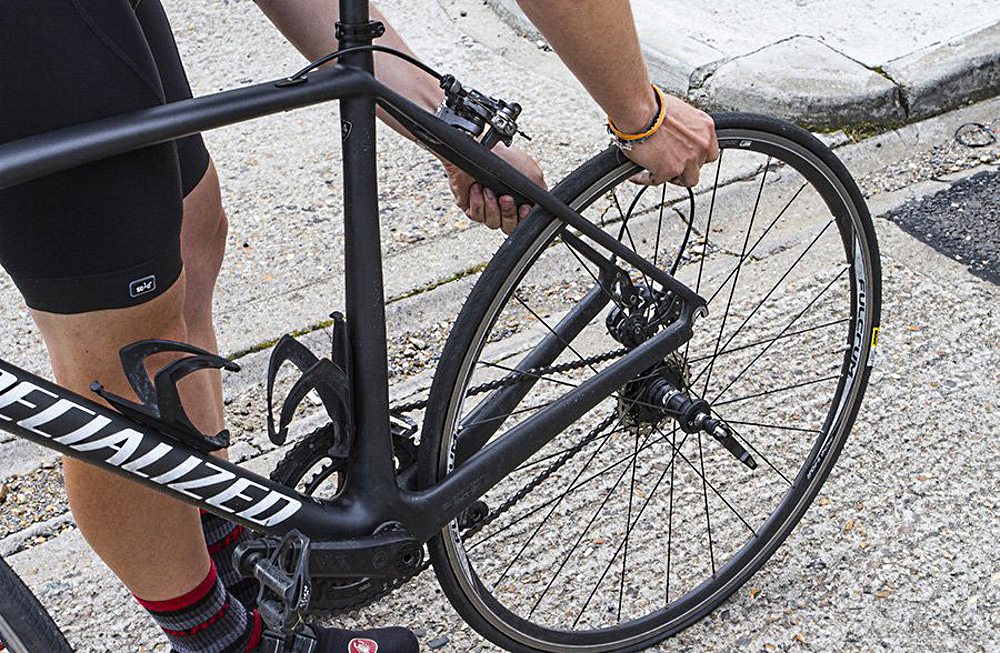Orders over $50 ship FREE
How Often Should I Replace My Bicycle Tires?Typically you will replace your mountain or road bicycle tires when:
1. They are worn out
2. You're not happy with way your bike is performing and you think new mountain or road tires will help.
Reason #1 - SafetyA common question is: How long do Hybrid or Road tires last? The conventional wisdom is that your road bike tires last anywhere from 1,000 to 3,000 miles. High-end (more expensive) tires should last at least 2,500 miles. Racing bicycle tires, which are designed for speed and high-performance, may need replacing after 1,000 miles, but tough bicycle touring tires can last as
long as 4,000 miles. The most common sign that your bicycle tires should be replaced is a sudden streak of flat tires.
Bicycle tires wear with age, too. If your bike is stored your tread will not wear out but your tire can harden and crack with age. If your bike tires are cracking or fraying do not ride your bike until you're replaced your tires. We also recommend when you replace your road or mountain tires you should replace the inner tubes also.
As rubber wears away there is less and less standing between the inner tube and the junk on the road or goat heads on the trail.
There’s a reason tears and tears are spelled the same way. A rip in your tire is often the end of that rubber’s usefulness. If you’re on the road, you can temporarily boot a tear with a folded up dollar bill or the boot included in the Tire Book Patch, but once you get back to home, it’s time to do some shopping and replace that tire.
You can often identify a tear before it’s an issue by checking your tires regularly for bulges. If you see something growing that looks like a tire tumor, there’s a weakness in the rubber and it’s only a matter of time before it tears and your tube suffers a blowout. Replace the tire before your next ride or you might have the other tears which we would hate to see you have.
If you see something growing that looks like a tire tumor, there’s a weakness in the rubber and it’s only a matter of time before it tears and your tube suffers a blowout. Replace the tire before your next ride or you might have the other tears which we would hate to see you have.
When it gets to the point that every stray piece of glass, rock, etc… is costing you a patch it’s probably time to make a change. Before installing your new tires keep in mind you can install tire liners which help prevent flats.
Reason # 2 - Controlright bike tires for your bicycle, the first thing to know is what size you need. To determine this, simply look at the side of your tire where you'll find a size marking or a tire label with the tire size on it. Common sizes include 26 x 1.5; 26 x 2.0; 700 x 25c or 29x 2.35. There are many tire sizes so be sure to write it down before ordering on-line or going to your local bike store.
When you replace your mountain or road tires, you must match diameters, so if you have 26-inch wheels, only 26-inch tires will fit. You can usually change widths, for example, switching from a 26 x 1.5 tire to a 2.0 model puts you on a wider tire that holds more air, which you might like for more comfort, traction and control. Conversely, someone who road rides might switch from 700 x 28c tires to 23c tires to save a little weight for easier climbing and faster acceleration. While, if you were suffering frequent flats and a rough ride on narrow tires, you'd benefit by switching to wider tires for more control and comfort
You can usually change widths, for example, switching from a 26 x 1.5 tire to a 2.0 model puts you on a wider tire that holds more air, which you might like for more comfort, traction and control. Conversely, someone who road rides might switch from 700 x 28c tires to 23c tires to save a little weight for easier climbing and faster acceleration. While, if you were suffering frequent flats and a rough ride on narrow tires, you'd benefit by switching to wider tires for more control and comfort
Keep in mind that not all rims and bike frames accept all possible tire widths. Usually going up or down one or two widths will work. If you're considering a big jump up or down contact us to get recommendations.
Reason #3 - Peace of mindWe often get asked should I rotate my Mountain or Road Bicycle Tires?
Your rear tire will likely wear at a much higher rate than your front because a majority of your weight is on the back wheel and it’s responsible for your acceleration and drive. That means you’ll probably need a new rear tire long before you need a new front tire, so let’s talk tire rotation.
That means you’ll probably need a new rear tire long before you need a new front tire, so let’s talk tire rotation.
You never want to put a worn tire on your front wheel. I know it’s tempting, but your front tire’s traction is responsible for your steering and braking. Can you imagine losing traction and crashing? (Ouch). Losing traction on your rear wheel is much easier to save and you just look like you were doing a sick whip skid. So, if your rear tire’s worn but your front’s in decent shape, you can move your front tire to the rear, buy one new tire and pop it on your front wheel! You’re good to go!
If you are a mountain biker for example, mountain bike tires will probably cost between $30-99 USD. Keep in mind, there are numerous tread patterns, widths, wheel size variations that you have to be aware of. It's the same for road bike tires there are tires that have flat protection or puncture resistance available which typically will cost more but well worth every penny.
Fortunately, manufacturers have pulled out all the stops to provide excellent bicycle tires for all purposes. From built-in armor for puncture protection to supple casings that conform to the road surface for incredible handling, to dual-compound tread that's durable on top for long wear and sticky on the sides for grip, today's tires offer an impressive array of features and benefits. Manufacturers like Maxxis, Giant, Continental, WTB, Schwalbe, Surly, Serfas, Kenda and Tioga and many more have spent years developing strong, durable and reliable tires.
Now, pop on that new tire and tube because miles of adventures are waiting for you. It's Your World, Ride it!
We want to make sure you have all the information you need to select the correct size and model. If you have any questions or would like recommendations please contact us at [email protected].
If you enjoyed this article share it with a friend and leave us a comment.
Shop Tires
Back to blogReach us Monday-Saturday 9-6 PST
Store Hours: Tuesday-Saturday 11:00 am - 6:00 pm
Find a Bicycle Warehouse Store Near You!
1 / of 4
View all
Your cart is empty
I’ve had more tires get flats than I’ve had wear out.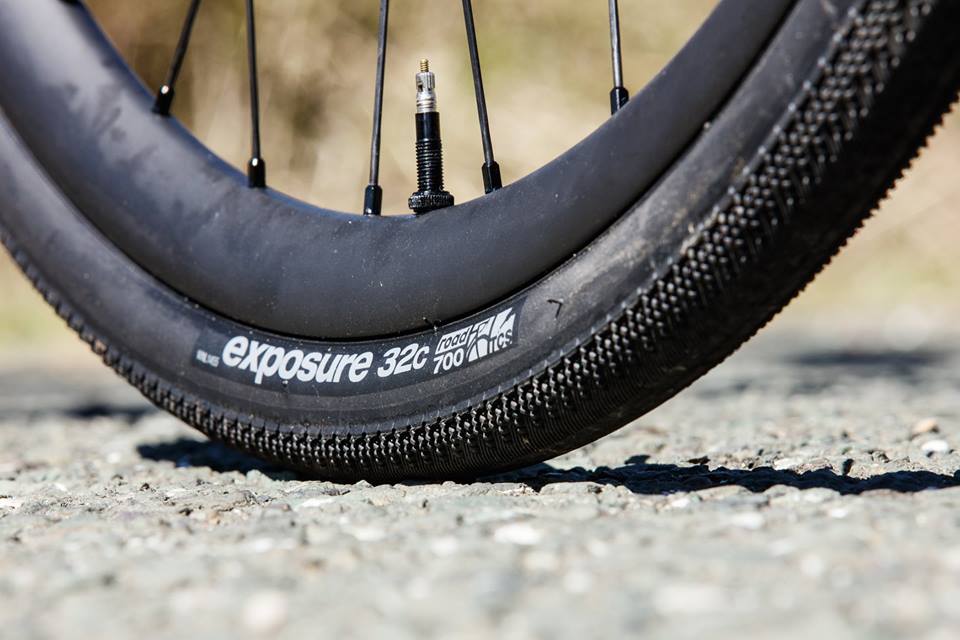 That may say more about my riding style than it does about my tires, but that means that I can go years before I need to change them. Which makes me wonder if I’ve gone too long. When should I replace them if they don’t pop?
That may say more about my riding style than it does about my tires, but that means that I can go years before I need to change them. Which makes me wonder if I’ve gone too long. When should I replace them if they don’t pop?
You should change your tires when the tread wears out. That is typically after about 1,500 to 2,500 miles. However, different factors will wear out your tires faster, so you also need to know what to look for.
Before we get into the details, I want to make sure that we’re all using the same vocabulary.
Tire cross-section: Rim (1), rim strip (2), rim braking surface (3), bead core (4), inner tube (5), casing (6), and tread (7)
Your wheel is the generic name for the circle thing that touches the ground and helps your bike move forward by rolling. More specifically, it’s the structural metal part that includes the rim.
Your tire is the rubber circle that goes around the outside of the wheel.
Tread is the general term for the part of the tire that touches the ground while you ride. It is a thick protective piece of rubber that often has a pattern cut into it. The more that you ride, the more you will wear away at the tread until you get all the way to the casing.
It is a thick protective piece of rubber that often has a pattern cut into it. The more that you ride, the more you will wear away at the tread until you get all the way to the casing.
It is important to note that you don’t necessarily need to replace your inner tube at the same time as your tire. You only need to replace that once it has a puncture that you can’t or aren’t willing to fix. For me, it’s usually the latter.
I feel like it’s pretty obvious that you just “should” replace your tires eventually, but what are you actually gaining when you do so?
The thicker your tread, the less likely it is that a thorn, piece of metal, or anything else will be able to pierce the rubber and puncture your tire and tube. As you wear down your tread over time, you’ll lose that protection. So replacing your tires resets your shields.
Just like in a car, completely smooth, often called “bald”, tires don’t get as much traction when the road is wet or if you riding on an unpaved path.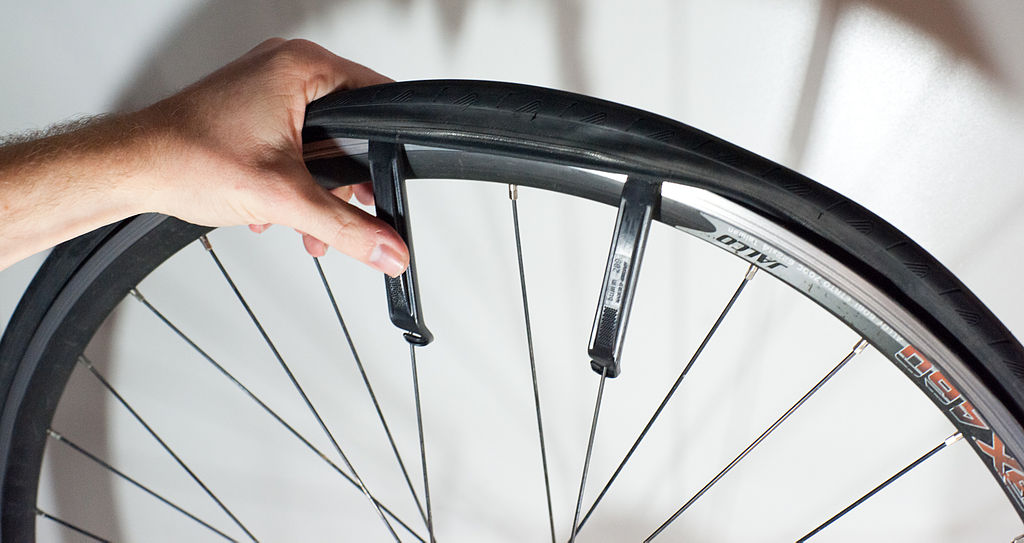 The pattern in the tread is able to “grab” the road and cut through the water better than a bald tire can.
The pattern in the tread is able to “grab” the road and cut through the water better than a bald tire can.
Replacing your tires will increase your traction over-all. There are other factors, like tire pressure, that also impact traction, but not having any tread can result in your tires sliding out from beneath you.
Rolling resistance is about what it sounds like. When you roll a tire, it absorbs some of that kinetic (moving) energy and turns it into heat and noise.
If you were to wear down a mountain bike tire till it was smooth, it would roll with much less resistance. However, road bike tires start out pretty smooth with a low rolling resistance. So, replacing your tire doesn’t make as much as tire pressure does
If you want a bit more technical information, Bicycle Rolling Resistance did a test of a new vs worn-out tire and found that they were nearly equal. They chalked up the minor differences to how the rubber had aged and become stiffer over time.
From what I’ve been able to find in advertisements and what people have been reporting online, an average tire will last you approximately 1,500 to 2,500 miles.
However, there are a lot of factors that can take that number up or down.
Road bike tires will cost anywhere between $15 and $50 for a single tire. As you would expect, the trend is that more expensive tires will allow you to ride further before replacing them. Some upwards of 4,000 miles.
It has everything to do with the rubber compound they make their tire with and how thick the tread is. Some are designed for long-distance and puncture resistance, others are designed for low rolling resistance.
Just make sure you know what you are looking for in a tire. I personally don’t ride terribly far, and I’m more likely to get a puncture. So, I get relatively cheap to mid-tier tires.
If you want to check out the actual prices of some tires, here is a link to the search results on Amazon.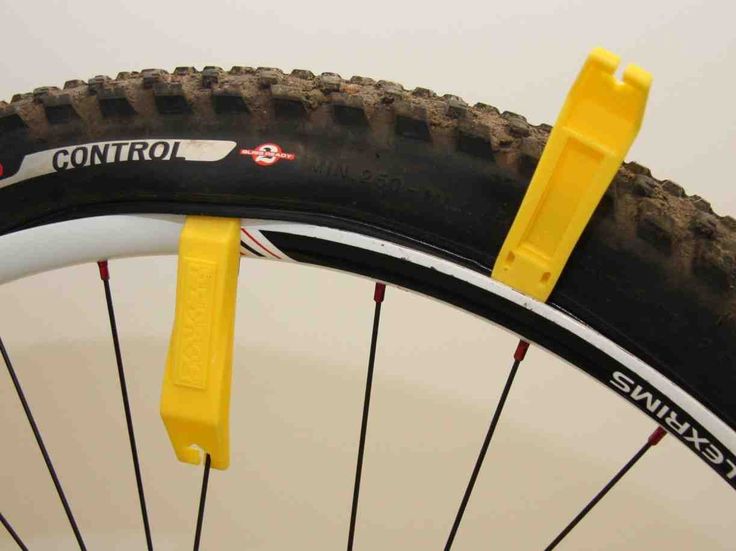
If you are riding fast and aggressive, you are absolutely going to get fewer miles out of your tires. For instance, slamming your brakes and skidding to a stop is a great way to wear through tread in no time. I’m sure I could get fewer than 100 miles doing that.
If you never get over 10 mph, I bet your tires could last much longer than they are advertised. However, that’s when you start running into the next problem.
The rubber in your tires will age over time. It starts to develop cracks and weakens. At that point, it will deteriorate much more quickly than fresh tires.
So, there is a big difference between riding 2,000 miles in one season versus riding 2,000 miles over 10 years. Fresh tires can last a long-distance season, but an old pair that aren’t used much won’t go as far before they fall apart.
Related to aging over time, different environmental conditions can speed up the aging process. Leaving your tires outside all the time in the sunlight and weather will reduce their range.
As well, keeping them in places that are very hot, very dry, or in a place that is constantly going from one extreme to another, will reduce their range. The worse the environment, the greater the drop.
The road is constantly wearing off tiny pieces of your tire. It makes sense that different kinds of paths will wear out your tire at different rates.
Smooth roads don’t wear your tires as much as an unpaved path. So, the less you ride on a road, the less range you can expect out of your tires.
If you ride on a trainer very often, that will still wear your tires. While they can be rolling on smooth metal, it presses a much smaller area of your tire. That forces them to flex more and will wear them out at a reasonable rate.
Some people swear by having an extra rear wheel just for riding on a trainer, and some people invest in more expensive trainers, like this one on Amazon, that don’t even require a rear wheel.
I track my rides with Garmin and Strava, but I don’t really know how far my tires have gone.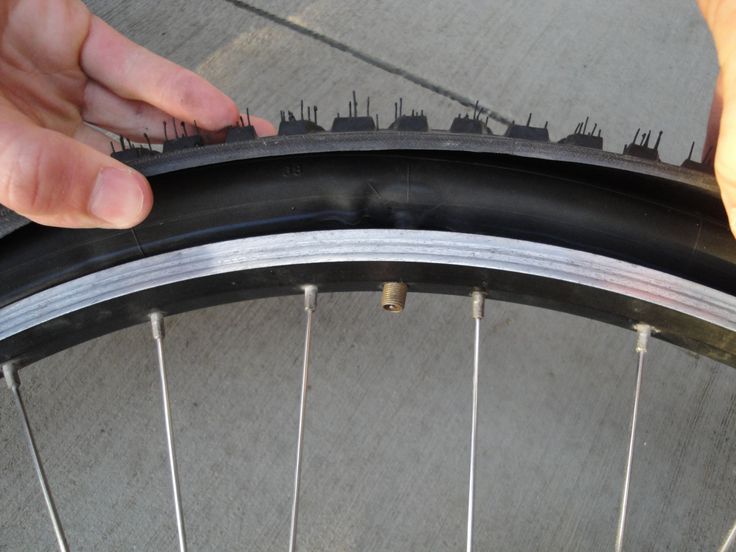 So, I need to rely on the more obvious sign that it’s time to change out my tires.
So, I need to rely on the more obvious sign that it’s time to change out my tires.
If you look at a road bike tire, you’ll see that it has a pattern of groove cut-outs. Those are more useful than just for looks. They also indicate how worn your tires are.
The grooves will get more and more shallow until the tires are smooth. Some tires even have circular holes in the tread specifically for you to see just how much tread there is left.
If you have less tread, you’ll have less grip on the road, and you’ll get more punctures.
Speaking of which, if you have a sudden uptick in how many punctures you get while you are riding, it’s probably time to get new tires. The thinner walls leave less between the sharp objects and your inner tube.
Do check to see if you have a thorn or something stuck in it, though. There’s no sense in tossing a perfectly good tire that just needs to have a sharp object pulled out of it.
This is really only likely if you have tires that are many years old. The side walls will usually be the first places to develop cracks. It is a sign that the rubber has become more brittle and is starting to break.
The side walls will usually be the first places to develop cracks. It is a sign that the rubber has become more brittle and is starting to break.
If your tires are showing signs of dry-rot, go ahead and replace them. They will go downhill very quickly if you keep using them.
I literally mean, what do you do with your tires once you decide the tread is low? For now, I’m going to hope that you or someone you know is willing to replace the tires on your wheels. I might cover how to do that in a later post, though.
It is important to keep in mind that you should have a backup tire if you want to be able to ride right after a tire runs out.
Just like on a car, your front and rear tires wear out at different rates. Generally, your rear tire will wear out before your front tire does. So, just like on a car, you can swap around your tires and let them wear out to the same level.
This strategy does maximize the amount of time that goes between when you need to buy new tires, but it does require that you buy both tires at once.
Instead of swapping your front and back tire with one another, you can get a new front tire and move your old front tire to the rear wheel. This does mean that you’ll be buying tires a bit more frequently, but you’ll only be buying one at a time.
I think that there is a pretty even split between people that rotate their tires and ones that move their front wheel back. I have also heard of people getting another complete rear wheel, putting the old tires on that, and using it as a training wheel.
If you don’t care about optimizing how long your tires last, you can just replace whichever one goes bad first. This strategy is definitely optimizing for the least amount of effort and stress, but I find it more fun to employ a more in-depth strategy for my tire placement.
If you are a glutton for punishment, or just really like working on your bike, you could just swap out both tires once one of them is worn out.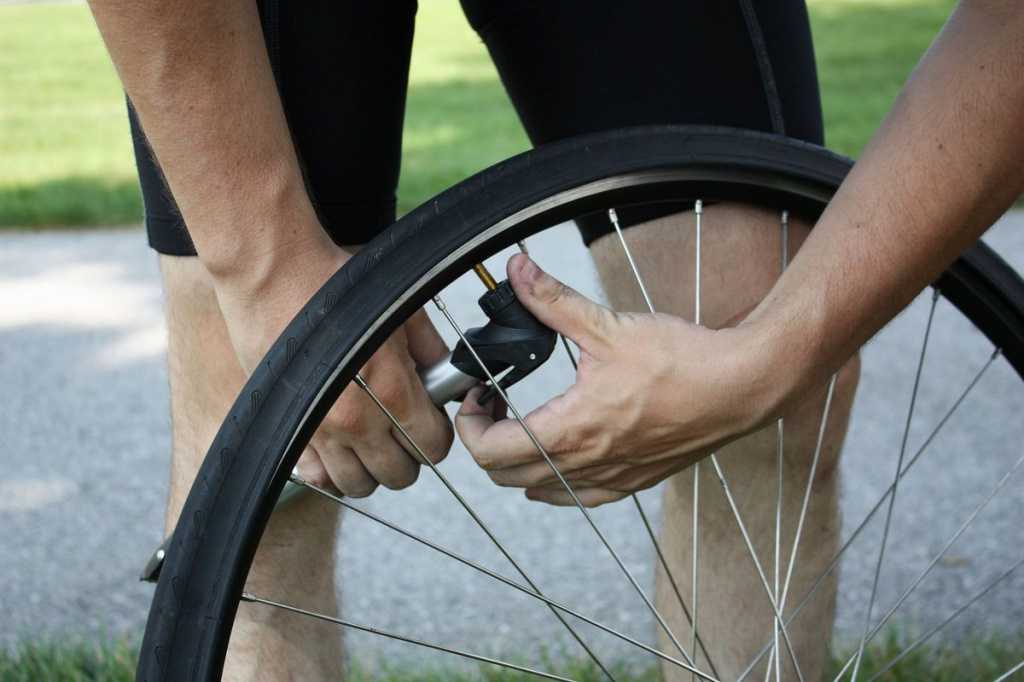
While I wouldn’t suggest this strategy, it does work really well. You’ll almost always have fresh tires that are ready to go. It’s the most expensive option so far as it minimizes the time between purchases and maximizes how much you spend each time.
If you have the storage space, you can always buy a bunch of tires all at once. Forget having one backup tire, how about more like six? This technically applies to all of the strategies. I just wanted to reiterate that you should have a backup tire.
I hope that I’ve empowered you so you can see when to change your tires and not have to worry about whether or not you’re riding on borrowed time.
I make content that empowers people to enjoy riding their bikes.
Are you interested in learning more about that?
Here are some hand–picked posts that I think you might find helpful.
How things work,Maintenance,Set up
If your tire keeps going flat, it may be normal, there may be a small repairable hole, something stuck in your tire, or you may just need to replace . ..
..
Read More
My road bike has already done 500 miles, but unlike cars, I have no idea how often to change tires. Used in normal road conditions. The tire edge is now smooth.
How do I know if my tires need replacing and how long they will last?
Page 1 of 3Next
Tire life depends on a number of factors, including the type of tires you ride, your weight, the conditions you ride in, front and rear tires, etc. In general, a good set of tires will last a couple of days. a thousand miles.
When a tire is completely worn out, threads can usually be seen under the rubber in places. In addition, the tire may begin to swell in places. In practice, road tires rarely reach this point. Much more often, they begin to accumulate a lot of cuts from glass and other debris on the road. When you start getting a disproportionate number of punctures, it's a good idea to replace the tire (you can use the tire longer, but you'll probably waste more than the cost of a new tire in tubes).
Schwalbe lists the following data for their tires:
As a general guideline, you can expect 2000 to 5000 km of standard Schwalbe tires.
Marathon tires typically last between 6,000 and 12,000 km. The light Marathon Racer and Marathon Supreme models have slightly lower performance (approximately 5000 to 9000 km). The Marathon Plus stands out thanks to its extremely high mileage of approx. from 8000 to 15000 km.
For MTB tires, it is not possible to get useful mileage data because the influence of driving style is too great.
Our tires for Durano and Ultremo racing bikes last from 3000 to 7000 km.
This page also has some pictures showing tire wear.
Replace them when they wear out - either cracked on the sidewalls (due to age, sun and insufficient pressure, which may be exacerbated by poor tire quality), or the rubber in the center becomes paper thin, and you start getting a lot more.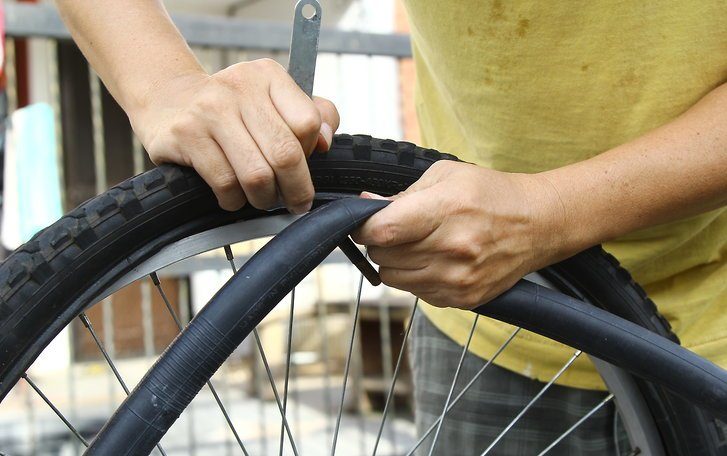 punctures. The mere lack of a protector is not a problem.
punctures. The mere lack of a protector is not a problem.
(And it should be noted that the OP says his tires "go bald" after 500 miles - a very short distance. Unless he was a kid putting rubber on the brakes, the tires in question probably have a center stripe that's practically without tread to start with. This is a common design to minimize rolling resistance.)
Sheldon talks about changing tires (or "tires" for Americans)
Many cyclists spend money replacing perfectly functioning tires simply because they are old or may have discolored sidewalls. If you just want new tires because the old ones look awful, that's your money, but if you're mainly concerned with safety/functionality, there are only two reasons to replace old tires:
- When the tread wears out so much that you start getting a lot of punctures from small pieces of glass, etc., or the fabric shows through the rubber.
- When the fabric of the tire has been damaged so that the tire has a lumpy, uneven appearance somewhere, or the bladder is protruding through the tire.

Cracks in the tread are harmless. Small punctures in a tire, which are usually caused by nails, nails, spikes, or broken glass, are also harmless to the tire because the tire does not have to be sealed.
I drive about 200 km a week. My last set of tires - Specialized Armadillos - lasted exactly one year. There is still at least 6 months left of the rubber, but the tread rubber has started peeling off the canvas. So they lasted me 10,000 km, which the bike shop said should suit me. I have covered more than twice the time (and distance) on a number of Michelin World Tours. The cheaper tires (1/3 of the cost) usually only last me 2 months before they wear out completely. This is false economy.
Page 1 of 3Next
My road bike has already covered 500 miles, but unlike cars, I have no idea how often to change tires. It is used under normal road conditions. The forehead of the tire is now smooth.
The forehead of the tire is now smooth.
How do I know if my tires need changing and how long should I expect the tires to last?
Ged
2012-03-29 21:42:12 +0000
Tire life depends on a number of factors including tire type, weight, driving conditions, front and rear tires, etc. In general, a good set of tires will last a couple of thousand miles.
When a tire is completely worn out, you can usually see threads under the rubber in places. Alternatively, the tire may begin to bloat in patches. In practice, road tires rarely reach this point. Much more often, they begin to accumulate a large number of cuts from glass and other debris on the road. When you start getting a disproportionate amount of flats, it's a good idea to replace the tire (you can use the tire longer, but you'll probably be spending more than the cost of a new tire in tubes).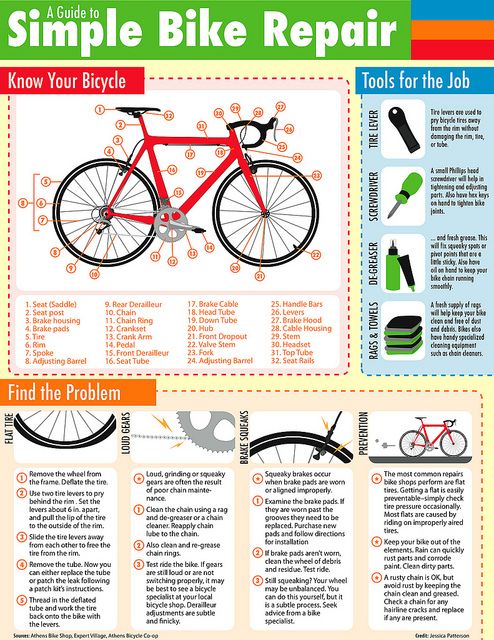
prototoast
2012-03-30 13:24:27 +0000
Schwalbe give the following figures for their tires:
As a general guide, you can expect tire mileage between 2000 and 5000 km from standard Schwalbe tires.
Tires of the Marathon family, as a rule, have a length ranging from 6000 to 12000 km. With the lightweight Marathon Racer and Marathon Supreme tires, performance is slightly lower (about 5000 to 9000 km). Marathon Plus has an extremely high mileage of 8000-15000 km.
Useful mileage data for MTB tires is not possible because the influence of driving style is too dominant.
Our Durano and Ultremo racing bike tires last from 3,000 to 7,000 km.
This page also has some pictures showing tire wear.
SourceTom77
2012-03-2923:39:04 +0000
Change them when they're worn out - either sidewall cracks (due to age, sun and lack of ventilation, possibly exacerbated by poor tire quality) or the rubber in the center becomes paper thinner and you start getting a lot more punctures. The mere lack of a protector is not a problem.
The mere lack of a protector is not a problem.
(And it should be noted that in the states of the OP, his tires "go bald" at 500 miles - a very short distance. Unless he looked like a child laying rubber on the brakes, then the tires in question most likely have center stripe with no actual tread. This is a common design to minimize rolling resistance.)
SourceDaniel R Hicks
2012-05-22 16:08:01 +0000
Sheldon talks about changing tires (or "tyres" for Americans)
SourceMany cyclists spend money replacing perfectly functioning tires simply because they are old or may have discolored sidewalls. If you just want new tires because the old ones look bulky, that's your money, but if you're primarily concerned with safety/feature, there are only two reasons to replace old tires:
- When the tread is worn so thin that you start to get a lot of flats from small pieces of glass and the like, or the fabric shows through the rubber.
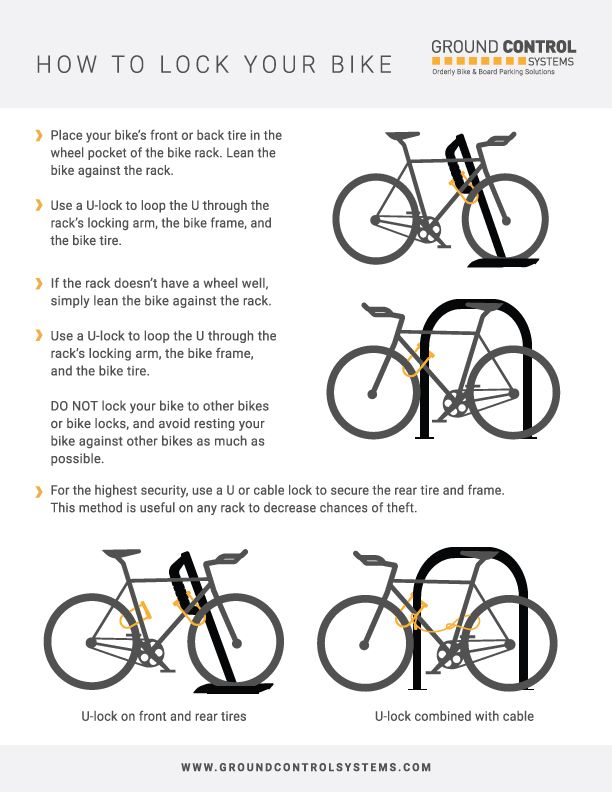
- When the fabric of the tire is damaged so that the tire has a lumpy, bumpy appearance somewhere, or the tube protrudes through the tire.
Cracks in the tread are harmless. Small punctures in a tire, such as those usually caused by fingernails, nails, thorns, or broken glass, are also harmless to the tire, as the tire does not need to be sealed.
Mike Samuel
2012-04-05 08:17:09 +0000
I drive about 200 km a week. My last set of tires - specialized armadillos - lasted exactly a year. There are at least 6 months left, but the tread rubber has started peeling off the tarp. So they lasted for me 10,000 km, which, according to the bike shop, should please me. I more than doubled that time (and distance) on the Michelin World tour package. The cheaper tires (1/3 of the cost) usually only last me 2 months before they are completely worn out.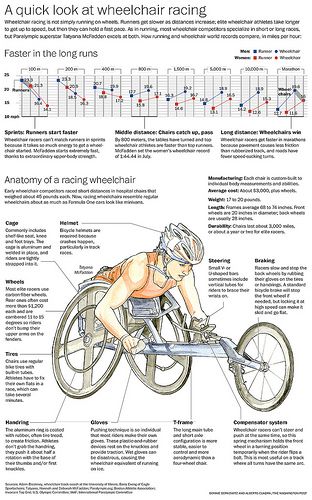 This is false economy.
This is false economy.
2012-03-30 01:00:04 +0000
Always wipe and inspect tires after every ride. Look at the sidewalls as well as the tread.
I get about 2,500 miles on a Continental Grand Prix 4000S, high end road tire. The rear tire always goes first. Then I rotate the front tire to the rear, and put the new tire on the front. I have never had to replace a front tire due to tread wear.
Some Continental tires also have wear indicators - two small dots in the tire - to let you know when the tread is gone. From there I get the figure of 2500 miles; it takes me about the same amount of time to get to the point where the wear indicators are removed.
Sourcenycvelo
2017-08-18 18:41:28 +0000
Fronts rarely wear out in the life of the bike as such, but they do age, harden and eventually delaminate.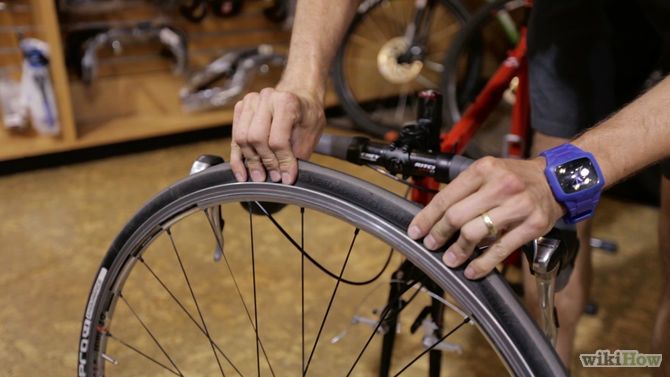 That being said, turn to replace the rear so that your new tire is your steering tire and the aging one is the ride tire (which will be used up). Schwalbe is right on tire mileage, premiums - but many of your "nameless cheap imports" have tire life measured in hundreds of miles, not thousands, so keep in mind that Schwalbe-Michelin-Continental-Panaraser is worth the price! Decent mid-range brand tires name good for 1500-2500 miles, road miles, with things like road quality, weather (wet roads wear tires more, actually, due to slippage), biker weight, and riding style (no MTBs can be realistically evaluated). On a "desert note" (where spikes called "goat heads" roam freely, also keep in mind that while you can add rhinoliners, pipe sealant, spikes, kevlar tires, in the end you're going to "get" While a small stud is not life lasting for the stud to prevent later fiber separation in the stud belt, it is VERY wise to find the hole and use either rubber cement or super glue to "fill" the stud hole - keep the hole closed.
That being said, turn to replace the rear so that your new tire is your steering tire and the aging one is the ride tire (which will be used up). Schwalbe is right on tire mileage, premiums - but many of your "nameless cheap imports" have tire life measured in hundreds of miles, not thousands, so keep in mind that Schwalbe-Michelin-Continental-Panaraser is worth the price! Decent mid-range brand tires name good for 1500-2500 miles, road miles, with things like road quality, weather (wet roads wear tires more, actually, due to slippage), biker weight, and riding style (no MTBs can be realistically evaluated). On a "desert note" (where spikes called "goat heads" roam freely, also keep in mind that while you can add rhinoliners, pipe sealant, spikes, kevlar tires, in the end you're going to "get" While a small stud is not life lasting for the stud to prevent later fiber separation in the stud belt, it is VERY wise to find the hole and use either rubber cement or super glue to "fill" the stud hole - keep the hole closed. not to seal the air but to help restore some integrity to the tire structure after the stud pierces it... the rider's solution is here, but I've never had a "failure separation fiber" while I've had tubes that go out to tire exchange that literally had TABLES little green dots on them!(where Slug filled the "goat's head" in the spike hole).0013 Source
not to seal the air but to help restore some integrity to the tire structure after the stud pierces it... the rider's solution is here, but I've never had a "failure separation fiber" while I've had tubes that go out to tire exchange that literally had TABLES little green dots on them!(where Slug filled the "goat's head" in the spike hole).0013 Source
Lance
2012-04-03 23:08:32 +0000
I usually get 4000 miles from Continental 4000S. Years ago I got 5,000 miles from a Performance brand tire. However, neglecting attention, in the middle of a cold December ride, the corps completely disintegrated. So keep looking for wear and tear.
SourceJKP
2017-09-25 12:37:14 +0000
I drove through the ring a couple of times on my motocross bike. The rear tire has about 15,000 miles and the front has almost 35,000 miles. She's been through floods, ice, mud, and just about any kind of weather imaginable. Signs of wear remained only halfway through the service life. As long as you take care of your bike and maintain the right air pressure while riding it, it will last a very long time.
The rear tire has about 15,000 miles and the front has almost 35,000 miles. She's been through floods, ice, mud, and just about any kind of weather imaginable. Signs of wear remained only halfway through the service life. As long as you take care of your bike and maintain the right air pressure while riding it, it will last a very long time.
Shadowmaster
2014-06-24 22:34:37 +0000
There is another reason for changing tires, not mentioned above:
When the bead clicks and goes through the sidewall.
Unusual failure mode for Schwalbe Marathon Plus.
SourceSamuel Russell
2015-03-04 00:00:07 +0000
Driven 2 Continental Sport and 3 other tires in about 4 years, which is about 20,000 km.